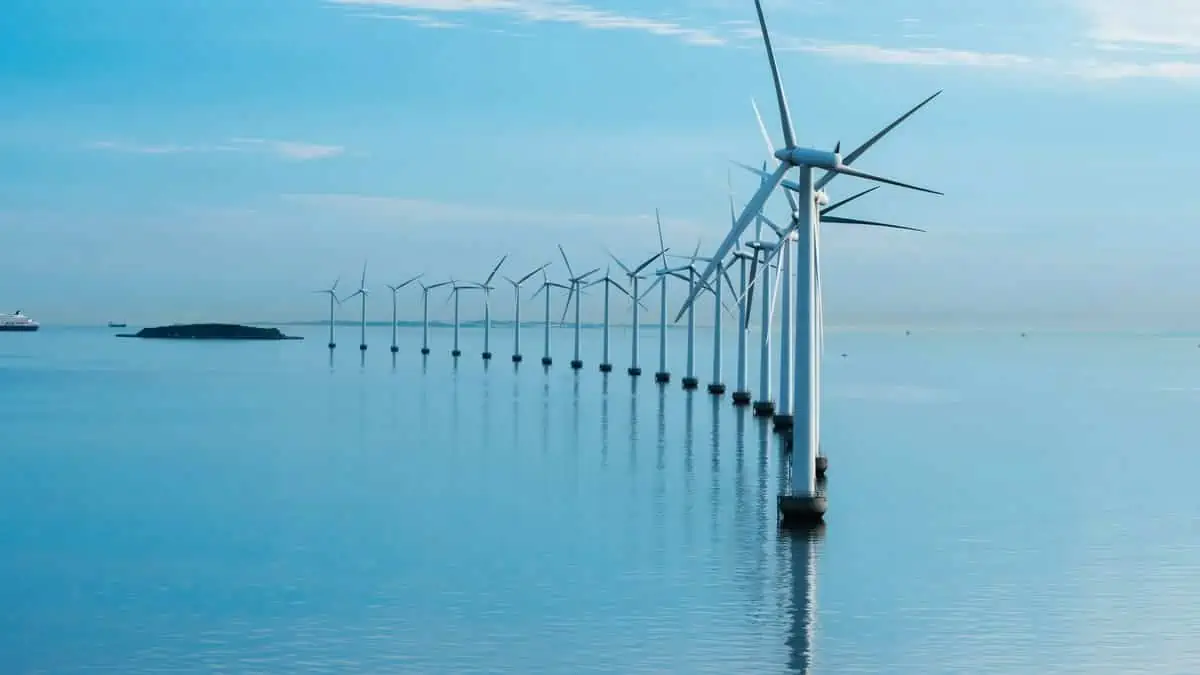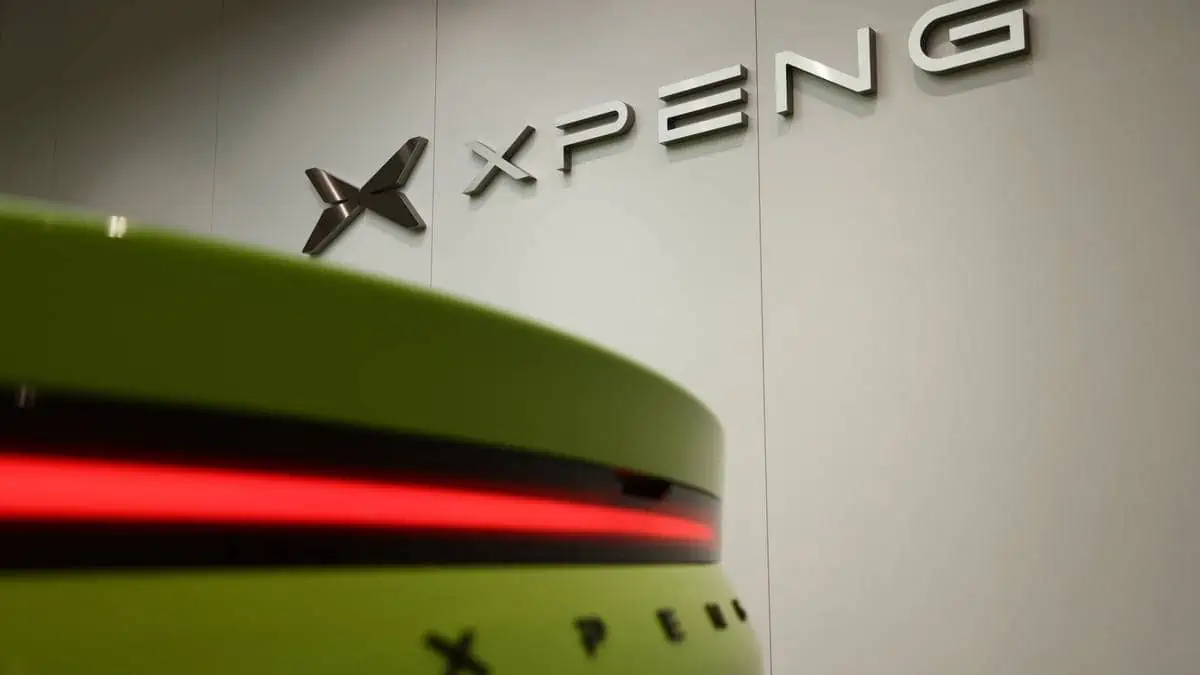Gazelle Wind Power, a modular floating offshore wind platform developer, introduces its third-gen technology at WindEurope 2023 in Denmark this week.
The press release noted that this upgraded design enhances Gazelle’s response to the offshore wind industry’s key challenges. It apparently uses the port’s existing infrastructure. It offers a lightweight, less expensive design with less negative influence on delicate marine habitats.
Gazelle’s platform progress
Gazelle claims it mainly developed its first-generation technology to float and endure the harsh maritime environment. Meanwhile, its second-generation technology was “focused on industrialization.”
Finally, the brand-new platform from the company has a lighter, more affordable construction that can be mass-produced. As it is modular, installing it doesn’t call for specialized cranes or boats, and it utilizes less steel. For instance, a 1-GW offshore wind farm using the floating platform from Gazelle would conserve 71,000 tonnes of steel.
An under-platform counterweight keeps the turbine’s pitch low even in the presence of strong winds, increasing the turbine’s operational effectiveness. Two vertical mooring lines connected to pivoting arms secure the platform to the seabed. Compared to semi-submersibles using catenary mooring at depths of 100 meters or higher, it allows a 75% reduction in mooring length.
See Also:
- A turbine prototype has set a new 24-hour wind power world record
- Wind, solar, and battery cover 82% of 2023 utility-scale power capacity in US
- The world’s most potent wind turbine has generated its first power
- 71% of new US power will be generated by solar and wind in 2022
- Wind energy deployment projected to surpass 1 TW globally by the end of 2023
The platform’s distinctive design reduces port drafts, allowing for the use of shallow ports with great stability for towing and wet storage. It also means it floats higher in the water. The platform can be made lighter and more affordable by using pivoting arms to move with the wind, waves, and tides, which provide lower forces.
“On top of lowering costs and taking advantage of pre-existing infrastructure, every aspect of Gazelle’s floating offshore wind platform is designed to minimize environmental impact by using less steel and materials that protect the biodiversity of marine ecosystems, eliminating seabed scouring, and reducing installation impact.”
Gazelle CTO Jason Wormald
Visit the firm’s website to learn more about the design of the cutting-edge floating offshore wind platform.






